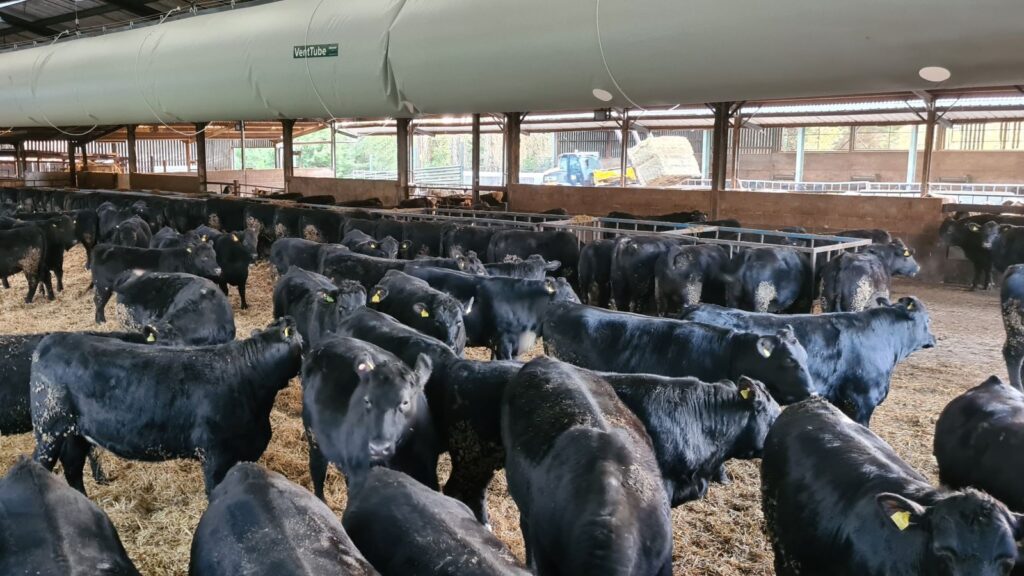Prepare for heatwaves now to prevent cows overheating this summer
10th May 2023
Taking proactive steps ahead of forecasted heat waves this summer is an effective way of reducing the incidence of heat stress in cattle and minimise yield losses due to overheating, an issue of increasing concern to UK dairy and beef farmers as global temperatures continue to rise.
With temperatures in the UK hitting record levels in 2022, heat stress is set to become more problematic for livestock farmers and affect animals for longer periods of the year than previously seen. To prevent costly productivity losses, Scott Gearon, design project engineer for Galebreaker, is urging farmers to keep a close eye on cattle ahead of peak summer time.
He pointed out that heat stress doesn’t only occur when temperatures are high, as humidity is also an important factor to consider in determining whether there is reason for concern.
“Dairy cows naturally produce a lot of heat during milk production and when digesting feed. As a result, they are more likely to show symptoms of heat stress at much lower temperatures than you may think.
“For example, cows may be less likely to express signs of heat stress on a day where temperatures reach 30oC degrees Celsius and relative humidity levels remain low compared to days when temperatures are 18oC with showers. This is due to cows increased ability to dissipate heat in low humidiy conditions,” Mr Gearon explained.
He added that many buildings in the UK are not designed to offer adequate ventilation and typically can’t be relied on to have the appropriate natural airflow to reduce the levels of heat and humidity that can lead to heat stress.
However, there are a number of solutions that can effectively reduce the risk of heat stress in cattle, such as installing fans and misters.
While fans are a good way of keeping cattle cool, Mr Gearon said they can be a costly investment as usually a large number is needed to provide adequate coverage, which means electricity bills will be higher. Whereas, misters combined with fans produce a cooling effect, but also add to humidity levels by introducing more water to the system.
For a cost-effective and efficient solution, Mr Gearon recommends looking into tube ventilation systems. “A tube ventilation system, such as Galebreaker’s VentTube Cool, is a highly energy-efficient solution. Tubes keep the airflow consistent and can be positioned to direct flow at the most beneficial angle for the herd.
“Tubes also draw in fresh air from outside reducing the humidity and ammonia levels within a barn or shed,” he added.
Mr Gearon also suggested replacing fixed timber cladding with variable mesh ventilation to increase airflow in the building and further reduce the risk of heat stress.
“When considering the short- and long-term financial impact of heat stress such as reduction in fertility, milk yield, and an increase in lameness – investing in heat stress prevention is a clear business decision,” he concluded.

